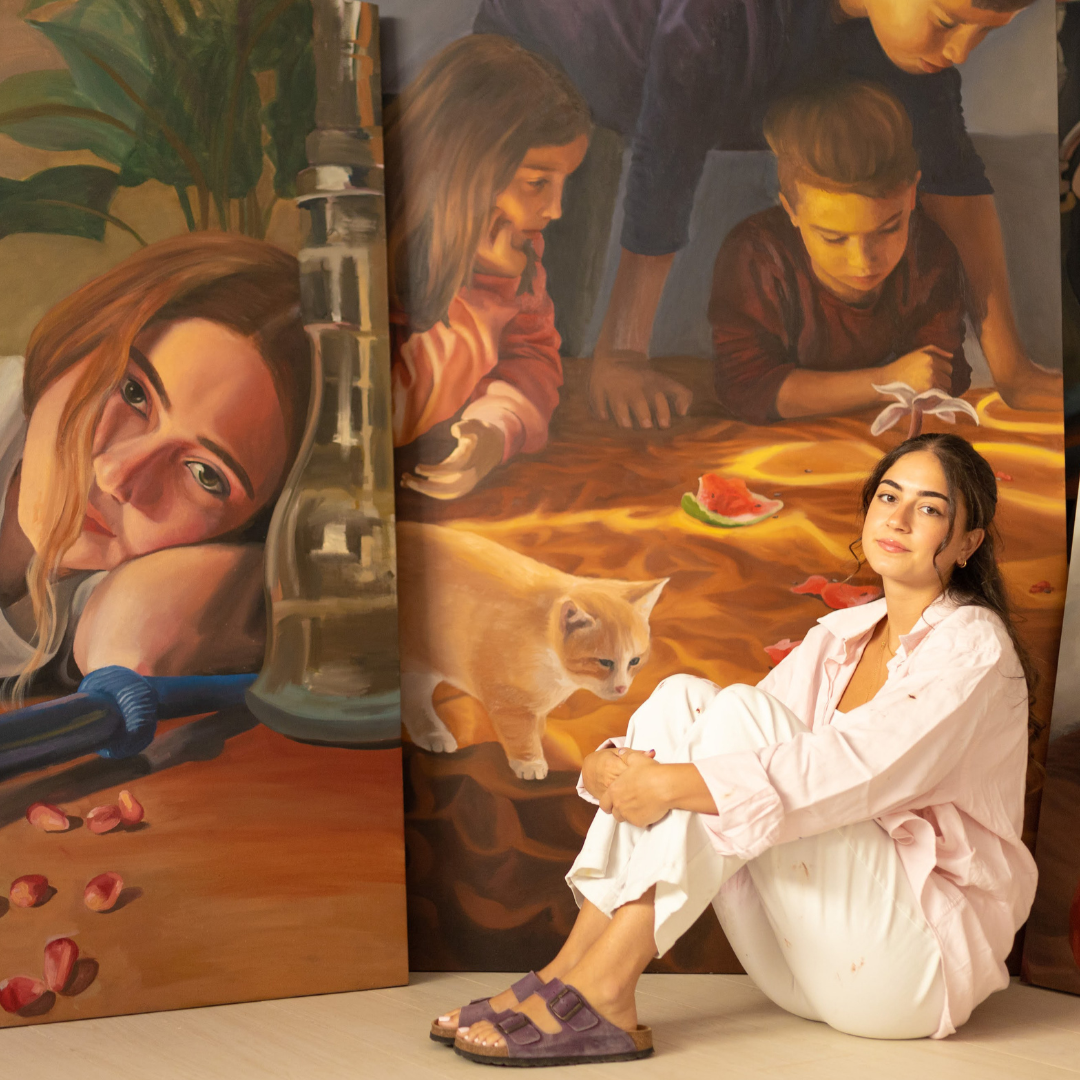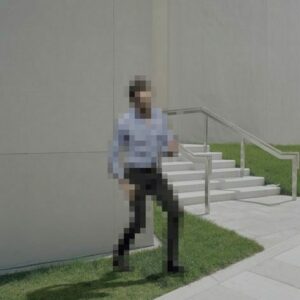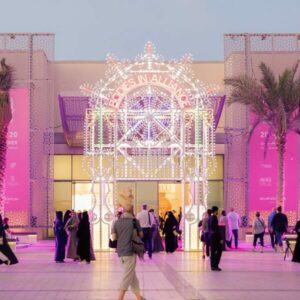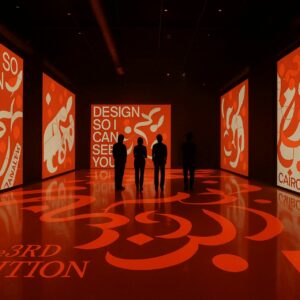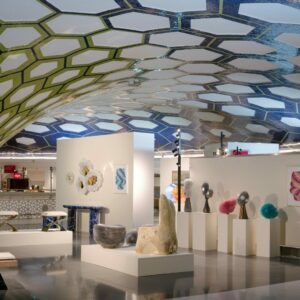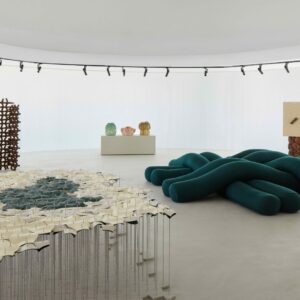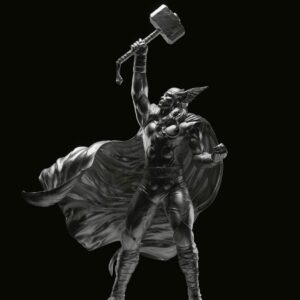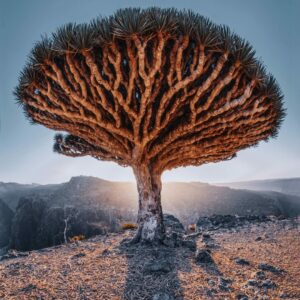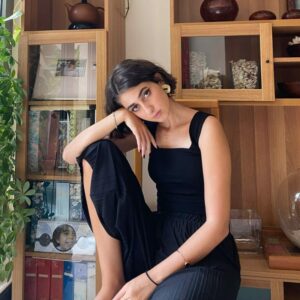Jude Samman (Instagram) is a Jordanian artist with Syrian roots who focuses on the concept of “home” and how it relates to those far from it. Working through oil paintings, Samman works with symbolism and objects to tell stories of her memories. Across all of this, figures within her work represent her ongoing efforts to study the connection between bodies and the earth.
What is your earliest memory of a paintbrush and how did you discover your passion for the Arts?
My mum was the one who realised my skill and encouraged me to take art classes outside of school. It was the late Aziz Amoura who made me realise my potential. I fell in love with political art, poets, and artists who told stories. It wasn’t Van Gogh or Monet who inspired me, but artists within our region who created images I was able to relate to beyond the parameters of my mind.
Your oil paintings often revolve around the concept of “home”. How has your perception of home evolved since moving to Ontario?
Leaving home for the first time allowed me to appreciate the power of memory. I saw myself using memory as a tool to connect me back to a place that seemed far away physically but ever so imagined mentally. My senses are awake whenever the thought of home comes to mind, which I try to manifest in my work through surrealism, and by including symbolic objects that tell stories. Moving gave me the desire to capture memories that feel both recognizable and yet strangely unfamiliar in remembrance of home, allowing me to unearth the truths of the land that transcend the boundaries of reality.

How do you see your art contributing to conversations about identity, displacement, and belonging?
I find purpose in exploring the concept of home due to its resonance with the challenges of displacement within our region. Arabs in the diaspora make me contemplate issues of migration, therefore romanticising the idea of home comes as a form of resistance to longing. Self-reflection taught me that subconsciously I’ve been referencing Arab poets and writers who were exiled from their homes. For example, Nizar Qabbani remembers the jasmine flowers that occupy Syria in his poems, which in my work symbolise the scent of home. I hope to use culture as a tool to inspire hopefulness and to create an evolution of thinking to the way we view everyday objects.
If your art studio could magically teleport to anywhere in the world for a week, where would you choose to paint, and how might that change the essence of your work during that time?
The desert. Its tranquility and neutral palette create a blank slate for a different creative flow. I am interested in the way Bedouin culture has its roots in the desert. Once I began painting sand in my work, I was able to better understand the way this element behaves in its environment. Therefore, my image-making would take a more focused exploration of the physicality of the land.
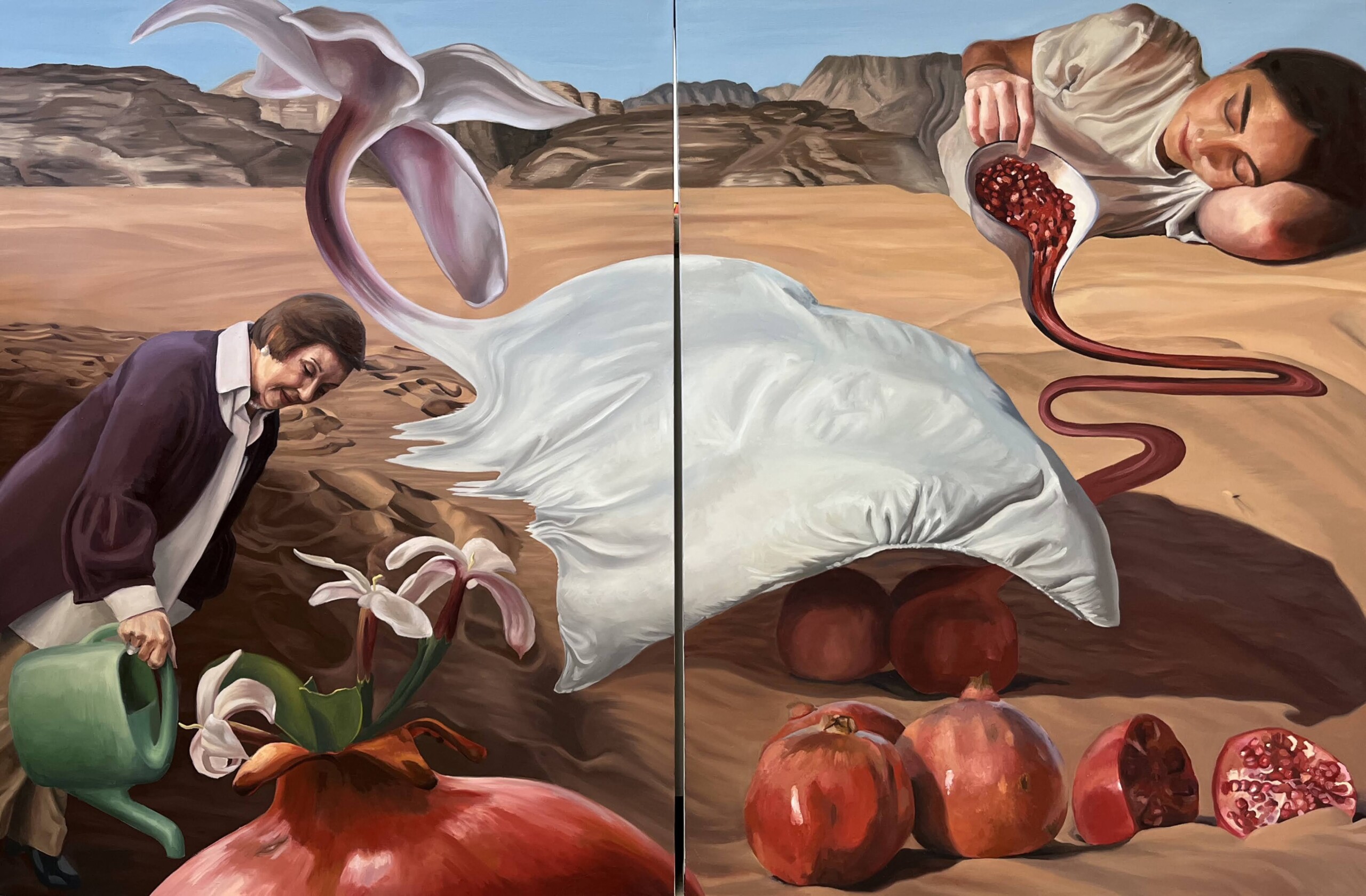
What purpose do you find in art making?
Art gives me a better understanding of life. I enjoy exploring the way things are connected. Art requires our attention, and is inherently political, which is why I believe it could stimulate change. Although art doesn’t reflect reality, it could paint a reality that could come to be.
For more arts and culture pieces, like this interview with Jude Samman, explore our dedicated portal.
